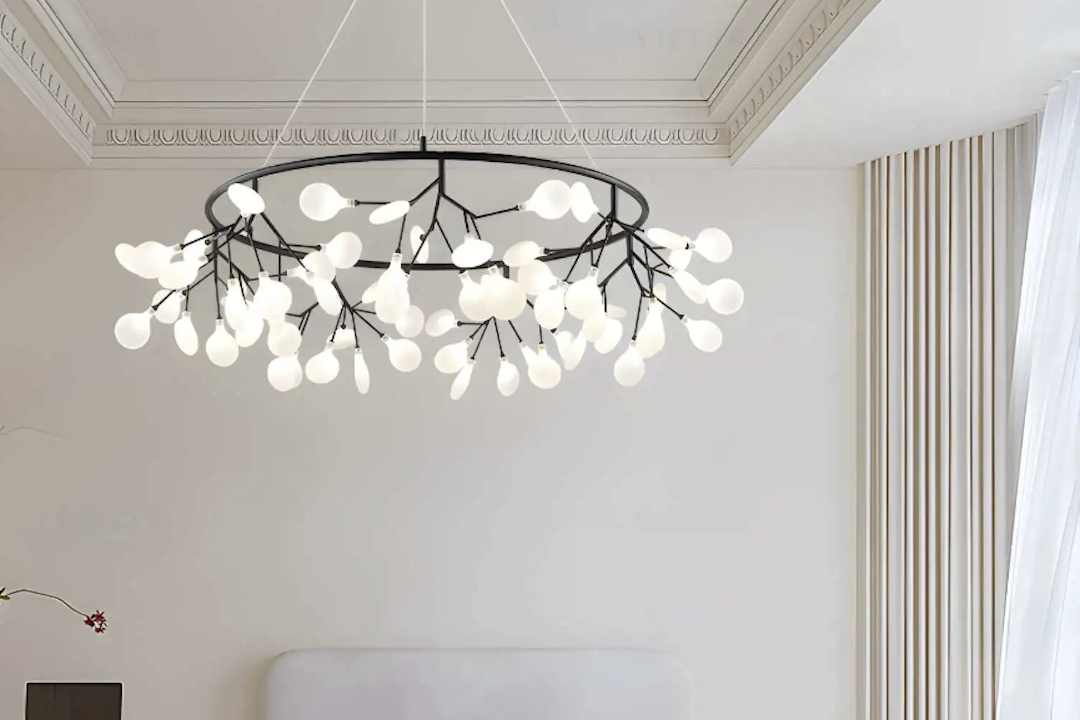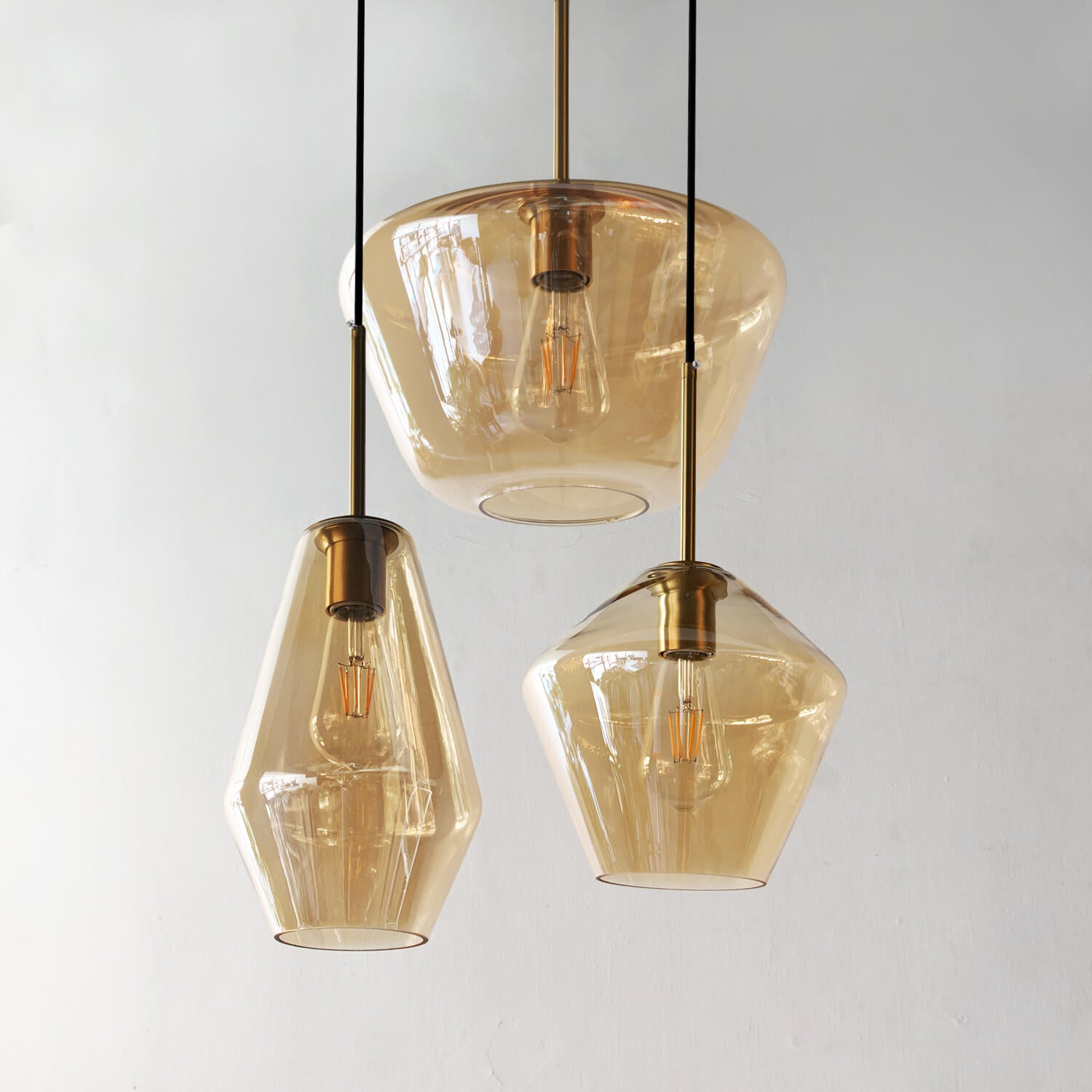Light is a fundamental component of our daily existence, influencing numerous aspects of our lives. From dawn to dusk, we are surrounded by light, which affects our activities and emotions. Natural light in the morning helps stimulate wakefulness and energy, while artificial lighting enables us to perform tasks efficiently in homes and workplaces.
In the evening, softer lighting creates a relaxing atmosphere, facilitating the transition to sleep. The absence of light would significantly disrupt our daily routines, underscoring its essential role in our lives. Light also has a profound impact on our psychological and physiological well-being.
Research has demonstrated that exposure to natural light can enhance mood, increase productivity, and improve overall health. Conversely, insufficient or poor-quality lighting can lead to fatigue, irritability, and may contribute to conditions like seasonal affective disorder. The quality and quantity of light in our environment significantly influence our daily experiences and well-being.
From the warm hues of sunrise to the bright illumination of urban environments and the soft glow of intimate settings, light plays a crucial role in shaping our daily lives and experiences.Tomosshop
The Science Behind Light and Its Effects on the Human Mind
The Circadian Rhythm Connection
Light affects our circadian rhythms, which regulate our sleep-wake cycles, hormone production, and overall physiological processes. Exposure to natural light during the day helps synchronize our internal body clock, promoting alertness and cognitive function.
The Dark Side of Artificial Light
Conversely, exposure to artificial light at night can disrupt these rhythms, leading to sleep disturbances and potential health issues. Moreover, light also influences the production of neurotransmitters such as serotonin and melatonin, which play a crucial role in regulating mood and sleep. Natural light exposure has been linked to increased serotonin levels, which can contribute to feelings of well-being and happiness.
Coloring Our Emotions
Understanding the psychological impact of different light colors, we can utilize lighting design to create specific atmospheres and evoke desired emotional responses in various settings, from homes and offices to public spaces and entertainment venues. For example, warm tones such as reds and oranges are often associated with feelings of warmth and comfort, while cool tones like blues and greens can evoke a sense of calm and relaxation.
Uncovering the Hidden Light: Exploring the Symbolism of Illumination
Throughout history and across cultures, light has been imbued with symbolic meaning, representing concepts such as knowledge, enlightenment, hope, and spirituality. In religious and spiritual traditions, light is often associated with divine presence, illumination of the soul, and guidance on the path to enlightenment. For example, in Christianity, light is a symbol of God’s presence and truth, while in Hinduism, the festival of Diwali celebrates the triumph of light over darkness and the victory of good over evil.
Furthermore, light is often used as a metaphor for knowledge and wisdom in literature, art, and philosophy. The concept of enlightenment is frequently depicted through imagery of light breaking through darkness or illuminating the mind. This symbolism underscores the universal human desire for clarity, understanding, and transcendence.
By exploring the symbolic significance of illumination, we gain a deeper appreciation for the profound impact of light on our spiritual and intellectual pursuits. Moreover, light is also a symbol of hope and resilience in the face of adversity. In times of darkness or uncertainty, the metaphorical “light at the end of the tunnel” serves as a source of inspiration and motivation to persevere.
Whether in personal struggles or collective challenges, the symbolism of light reminds us that there is always potential for renewal, growth, and transformation. By uncovering the hidden meanings of light, we can tap into its symbolic power to find strength and purpose in our lives.
The Role of Illumination in Art and Design
In art and design, illumination serves as a fundamental element that shapes visual experiences and conveys meaning. Light is not only a practical necessity for creating visibility but also a powerful tool for evoking emotions, highlighting focal points, and defining spatial qualities. Artists and designers use various lighting techniques to manipulate shadows, textures, and colors, creating dynamic compositions that engage viewers on an emotional and sensory level.
Lighting design plays a crucial role in architectural spaces, interior environments, and theatrical productions. It can enhance the functionality of a space by providing adequate visibility for tasks while also contributing to the aesthetic appeal and ambiance. Whether it’s natural daylighting strategies that maximize energy efficiency and promote well-being or dramatic theatrical lighting that sets the mood for a performance, illumination is an integral part of creating immersive and impactful experiences in art and design.
Furthermore, light is often used symbolically in art to convey themes such as enlightenment, revelation, or transcendence. Artists throughout history have employed light as a metaphorical device to communicate deeper philosophical or spiritual concepts. For example, the use of chiaroscuro in Baroque paintings creates dramatic contrasts between light and shadow, emphasizing emotional intensity and symbolic meaning.
By understanding the role of illumination in art and design, we gain insight into how light can be harnessed as a creative medium to evoke powerful sensory experiences and convey profound messages.
Illuminating the Path: How Light Guides and Inspires Us
Light has long been associated with guidance and inspiration, serving as a metaphorical beacon that illuminates our paths and ignites our creative spirit. In both literal and metaphorical senses, light provides direction, clarity, and insight as we navigate through life’s journey. Whether it’s the guiding light of a lighthouse leading ships safely to shore or the metaphorical “lightbulb moment” that sparks a new idea or revelation, illumination plays a pivotal role in guiding us forward.
Moreover, light has inspired countless works of art, literature, music, and scientific discoveries throughout history. The awe-inspiring beauty of natural phenomena such as sunsets, starry skies, or shimmering reflections on water has captivated artists and thinkers across cultures and disciplines. The interplay of light and shadow in nature has served as a wellspring of inspiration for creative expression, prompting artists to capture its ephemeral beauty through various mediums.
Furthermore, light serves as a source of inspiration for innovation and progress in science and technology. From the invention of fire to the development of electric lighting and beyond, humanity’s quest to harness the power of light has driven advancements in various fields. The study of optics, photonics, and lighting technology continues to unlock new possibilities for energy-efficient illumination, medical imaging, communication systems, and beyond.
By recognizing the guiding and inspiring force of light in our lives, we can cultivate a deeper appreciation for its transformative influence on creativity, discovery, and human achievement.
Harnessing the Power of Illumination for Mental and Emotional Well-being
Light Therapy for Mental Health
Light therapy involves exposure to specific wavelengths of artificial light that mimic natural sunlight to regulate circadian rhythms and improve mood.
The Impact of Architectural Lighting Design
Moreover, architectural lighting design can significantly impact our mental and emotional well-being by creating environments that promote comfort, productivity, and relaxation. Incorporating daylighting strategies in building design not only reduces energy consumption but also enhances occupants’ connection to nature and their overall sense of well-being. Additionally, dynamic lighting systems that adjust color temperature and intensity throughout the day can mimic natural daylight patterns indoors, supporting circadian health and promoting alertness during daytime hours while facilitating relaxation in the evening.
Mindfulness and Ambient Lighting
Furthermore, mindfulness practices such as meditation often incorporate candlelight or soft ambient lighting to create a calming atmosphere conducive to relaxation and introspection. The gentle flicker of candlelight can help reduce stress levels and induce a sense of tranquility by engaging the parasympathetic nervous system. By harnessing the power of illumination for mental and emotional well-being through various therapeutic modalities and environmental design strategies, we can optimize our living spaces to support holistic health and vitality.
The Future of Illumination: Innovations and Advancements in Lighting Technology
As technology continues to advance at a rapid pace, so too does the field of illumination with innovative developments that are shaping the future of lighting technology. LED (light-emitting diode) lighting has revolutionized the industry by offering energy-efficient solutions with long lifespans and versatile applications. LED technology has enabled new possibilities for dynamic lighting control systems that can adjust color temperature, brightness levels, and even spectral content to mimic natural daylight indoors.
Furthermore, smart lighting systems integrated with sensors and automation technologies are transforming how we interact with our environments by providing personalized lighting experiences tailored to individual preferences and circadian rhythms. These systems can adjust lighting conditions based on occupancy patterns, daylight availability, or specific tasks to optimize energy efficiency while enhancing user comfort and well-being. Additionally, advancements in solid-state lighting technologies such as OLEDs (organic light-emitting diodes) are paving the way for flexible lighting solutions that can be seamlessly integrated into architectural elements or wearable devices.
OLEDs offer unique design possibilities for creating immersive visual experiences with thin, lightweight panels that emit uniform illumination across curved or transparent surfaces. Moreover, research into biophilic lighting design is exploring how lighting solutions inspired by nature can positively impact human health by fostering connections to natural environments indoors. By incorporating elements such as dynamic daylight simulation, biomimetic patterns of light distribution, or circadian-friendly spectral tuning into lighting design practices, we can create environments that support holistic well-being while reducing energy consumption.
In conclusion, illumination plays a multifaceted role in shaping our daily experiences, influencing our emotions and behaviors while serving as a source of inspiration for creativity and innovation. Understanding the science behind light’s effects on the human mind highlights its profound impact on mental health while uncovering its symbolic significance reveals its timeless relevance as a metaphor for guidance and enlightenment. In art and design, illumination serves as a powerful tool for creating immersive experiences that evoke emotional responses while also conveying deeper meanings through symbolic representation.
By harnessing the therapeutic potential of light for mental well-being through innovative lighting technologies and environmental design strategies we can optimize our living spaces to support holistic health while paving the way for advancements that will shape the future of illumination.




